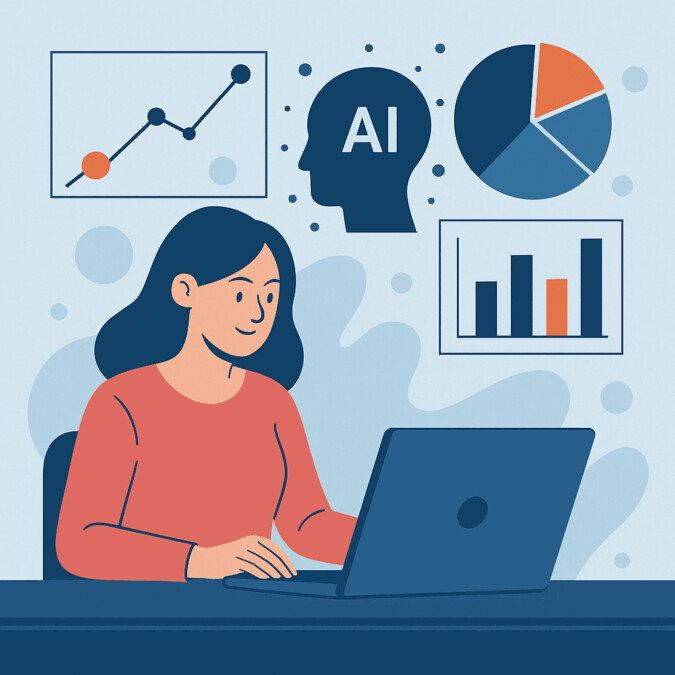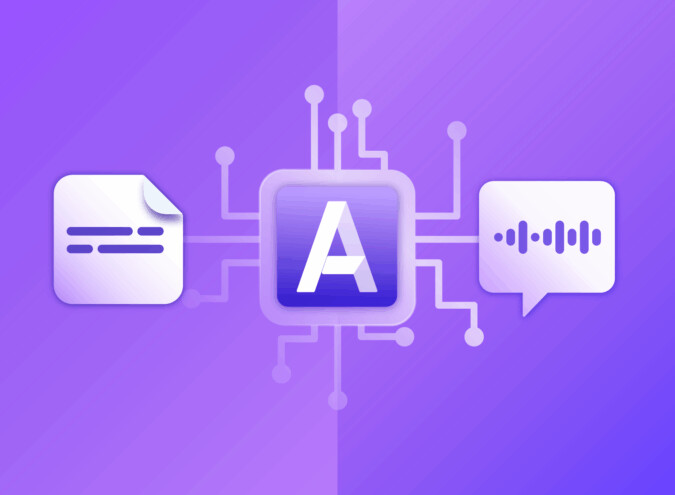TV commercial advertising has long been a high-stakes, high-reward industry. Big budgets, bold ideas, and celebrity cameos dominate the space—because in 30 seconds or less, you have to capture attention, deliver a message, and leave a lasting impression. But the landscape is shifting. Audiences are fragmented across platforms. Viewer behavior is harder to track. And brands expect more ROI for every marketing dollar.
That’s where artificial intelligence (AI) comes in.
AI is no longer just for tech startups or data scientists. AI tools for agencies are improving every day to become powerful assets for creative industries—including traditional TV advertising. By blending human creativity with machine intelligence, TV commercial agencies can unlock new levels of precision, efficiency, and insight that were previously unimaginable.
In this article, we’ll explore how TV commercial advertising agencies can use AI tools to improve everything from strategy to production to performance tracking.
Smarter Audience Targeting Through AI-Driven Data Analysis

In the pre-digital era, audience targeting relied heavily on broad demographics: age groups, household income, Nielsen ratings. Now, AI allows agencies to dive deeper into psychographics, behavioral patterns, and real-time intent signals.
Predictive analytics tools use machine learning models to analyze customer data from multiple sources—search trends, purchase behavior, social media interactions—and predict what content specific audience segments will respond to. This means agencies can develop more tailored campaigns that resonate with viewers on a personal level.
Lookalike modeling is another AI capability that helps identify audiences that resemble a brand’s current customers. Instead of guessing who might be interested in a product, AI finds patterns in data and expands the target audience to include similar individuals across markets or regions.
For example, if a brand wants to advertise luxury cars, AI can help the agency identify not just affluent 40-somethings but also younger professionals who spend on premium tech, engage with automotive influencers, and show high intent to purchase based on online behavior—even if they don’t fit the traditional buyer profile.
AI for Creative Concept Development and Storyboarding
Creativity may be a human domain, but AI can act as a powerful muse. Advertising agencies are starting to use AI-assisted ideation tools to jumpstart the creative process. These platforms analyze top-performing ads, consumer sentiment, and trend data to suggest themes, visuals, or even taglines.
Some agencies are also leveraging generative AI tools to create mood boards, storyboards, and scripts. For instance, tools like ChatGPT or Jasper can be fed a campaign brief and asked to draft multiple variations of ad copy or voiceover scripts. These early drafts give copywriters a head start, saving time while sparking new angles they might not have considered.
On the visual side, AI platforms like Midjourney or Adobe Firefly can generate concept images or stylized versions of scenes. These aren’t production-ready, but they’re perfect for illustrating a pitch or helping a client visualize the tone of a commercial before a single frame is shot.
Rather than replacing creativity, these tools amplify it—making it easier for agencies to brainstorm quickly, explore variations, and refine concepts more efficiently.

Optimizing Ad Lengths and Formats for Multi-Platform Campaigns
TV commercials rarely live in a vacuum anymore. A 30-second spot often needs to be adapted into 15-second YouTube pre-rolls, Instagram Stories, TikTok shorts, or banner video ads. That’s a lot of variation to produce and test.
AI tools can help streamline this process. Automated video editing platforms like Pictory or Wisecut use AI to condense longer videos into bite-sized clips while preserving key messaging and emotional beats. These tools can identify important moments, trim silences, and add captions or music automatically.
AI can also help tailor content for different platforms. For instance, a single commercial might perform differently on Hulu than it does on Instagram Reels. AI can analyze platform-specific engagement patterns and recommend different intros, visual pacing, or calls to action.
This type of AI support allows agencies to maintain creative consistency across formats—without overloading production teams or watering down the message.
Performance Tracking and Iteration in Real Time
Once a TV spot airs, most agencies rely on brand lift studies, Nielsen ratings, or post-campaign sales data to evaluate performance. But with AI, performance insights don’t have to be delayed or fuzzy.
Computer vision and speech analysis tools can evaluate commercials frame by frame, detecting what elements (e.g., color palette, soundtrack, facial expressions) correlate with higher engagement. When tied to A/B testing platforms, these insights help advertisers iterate smarter over time.
Sentiment analysis, powered by natural language processing, scans social media comments, online reviews, or focus group transcripts to gauge real-time audience reactions to an ad. This helps agencies quickly identify what’s resonating—and what’s not.
Imagine releasing a national TV spot and knowing within 48 hours which demographic responded most positively, which scenes drove the most online chatter, and what phrases triggered brand recall. That’s the power of real-time AI analytics.
AI Voiceovers and Synthetic Actors: A Production Efficiency Boost

In the production phase, AI can reduce costs and increase flexibility—especially in early-stage testing or low-budget campaigns.
AI voice synthesis tools like ElevenLabs or WellSaid Labs allow agencies to generate natural-sounding voiceovers from text, offering multiple voices and accents. This can be used for scratch tracks during editing or even final voiceovers for digital campaigns.
Digital humans or synthetic actors—created using platforms like Synthesia or Hour One—can deliver scripts in multiple languages or character styles without requiring a full production shoot. While not suitable for high-end national campaigns yet, these tools are ideal for internal training, product demos, or regional ads with limited budgets.
This doesn’t replace real talent—but it offers agility for fast-turnaround work or proof-of-concept content.
Enhancing Media Buying and Placement with AI
TV media buying has always involved negotiation, forecasting, and strategy. Now, AI adds precision.
AI-driven media planning tools can analyze historical performance data, competitor ad placements, and regional viewership trends to recommend the best times, channels, and frequencies for airing a commercial. This level of targeting ensures that agencies can maximize ROI and minimize media waste.
Programmatic TV—where ad slots are purchased in real time via automated systems—is still evolving, but AI plays a central role. By integrating with audience data platforms, AI can help deliver the right commercial to the right viewer, even on traditional cable networks.
As linear and digital TV continue to blend, AI-powered tools will become even more important in making media buying smarter and more responsive.

Final Thoughts: AI as a Creative and Strategic Partner
The rise of AI doesn’t signal the end of creative storytelling in TV advertising—it marks a new beginning. By integrating AI tools into their workflows, commercial agencies can:
- Craft smarter, more personalized campaigns
- Produce creative content faster and more efficiently
- Adapt messages across platforms with ease
- Monitor performance in real-time and iterate effectively
- Optimize media spend with data-backed precision
In short, AI gives TV commercial advertising agencies an edge—not just in keeping up with digital trends, but in leading them. The agencies that embrace this shift will position themselves as more agile, insightful, and future-ready partners for their clients.
The best results come when human intuition and AI intelligence work hand-in-hand. Creative instincts will always drive the emotional core of great advertising. But AI is the engine that helps bring those ideas to life—faster, smarter, and with more measurable impact than ever before.





